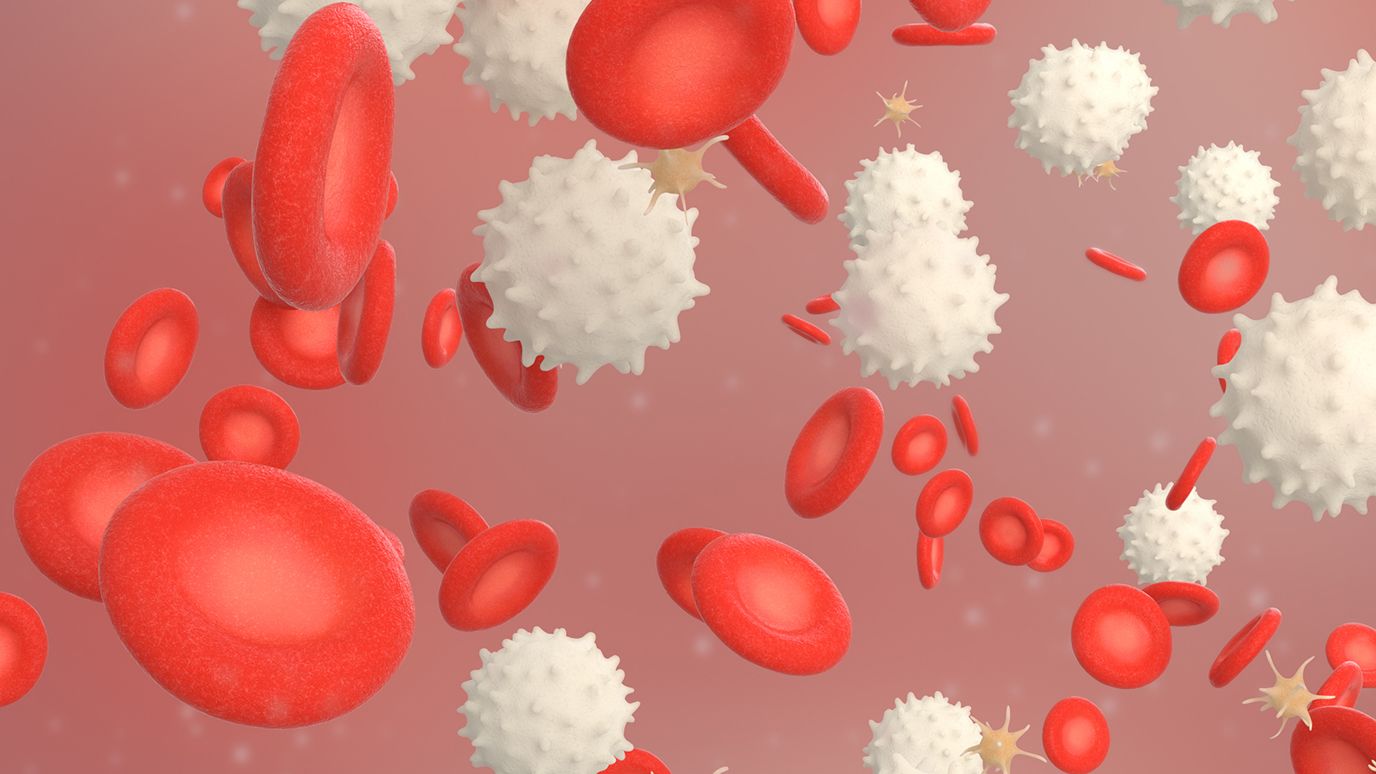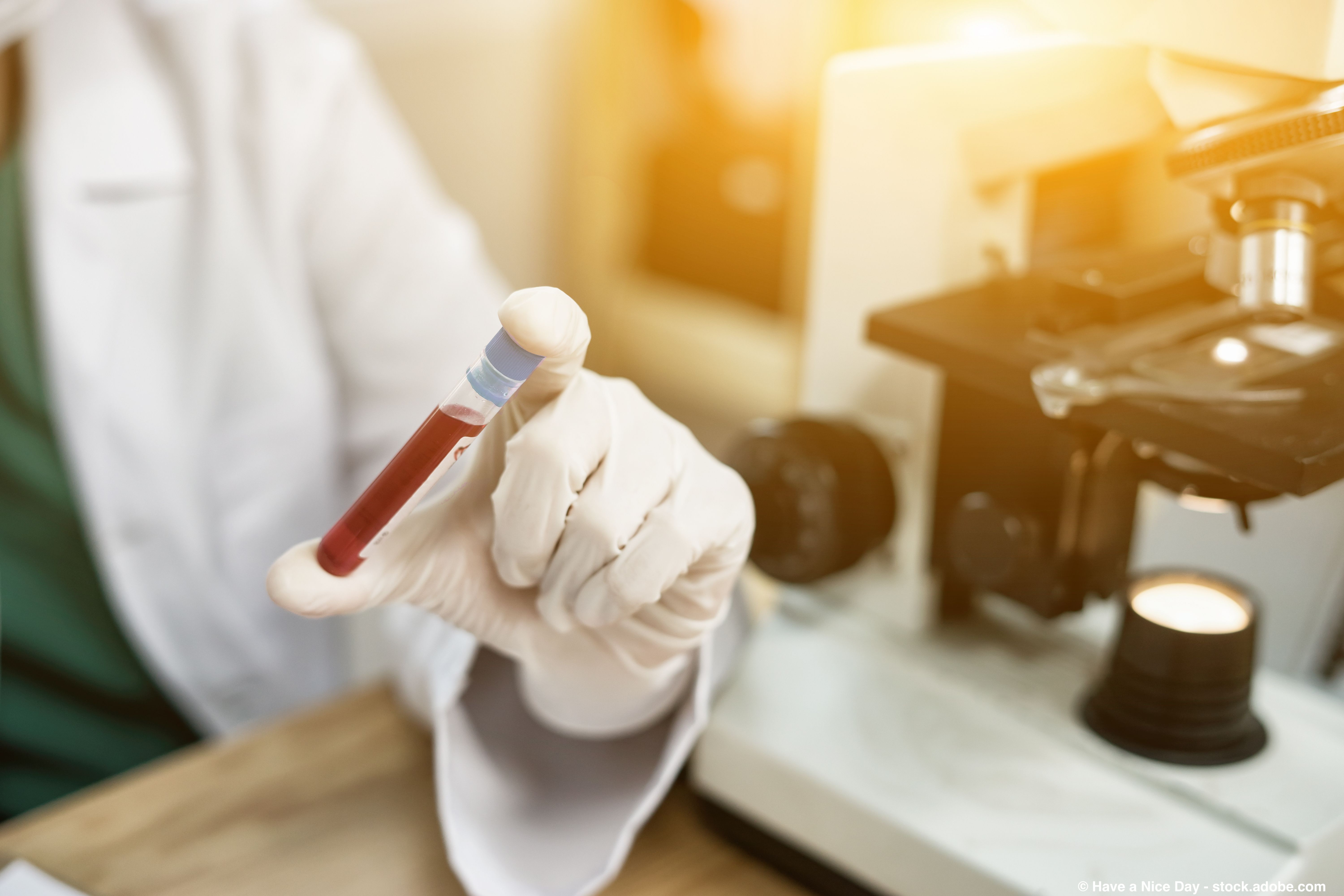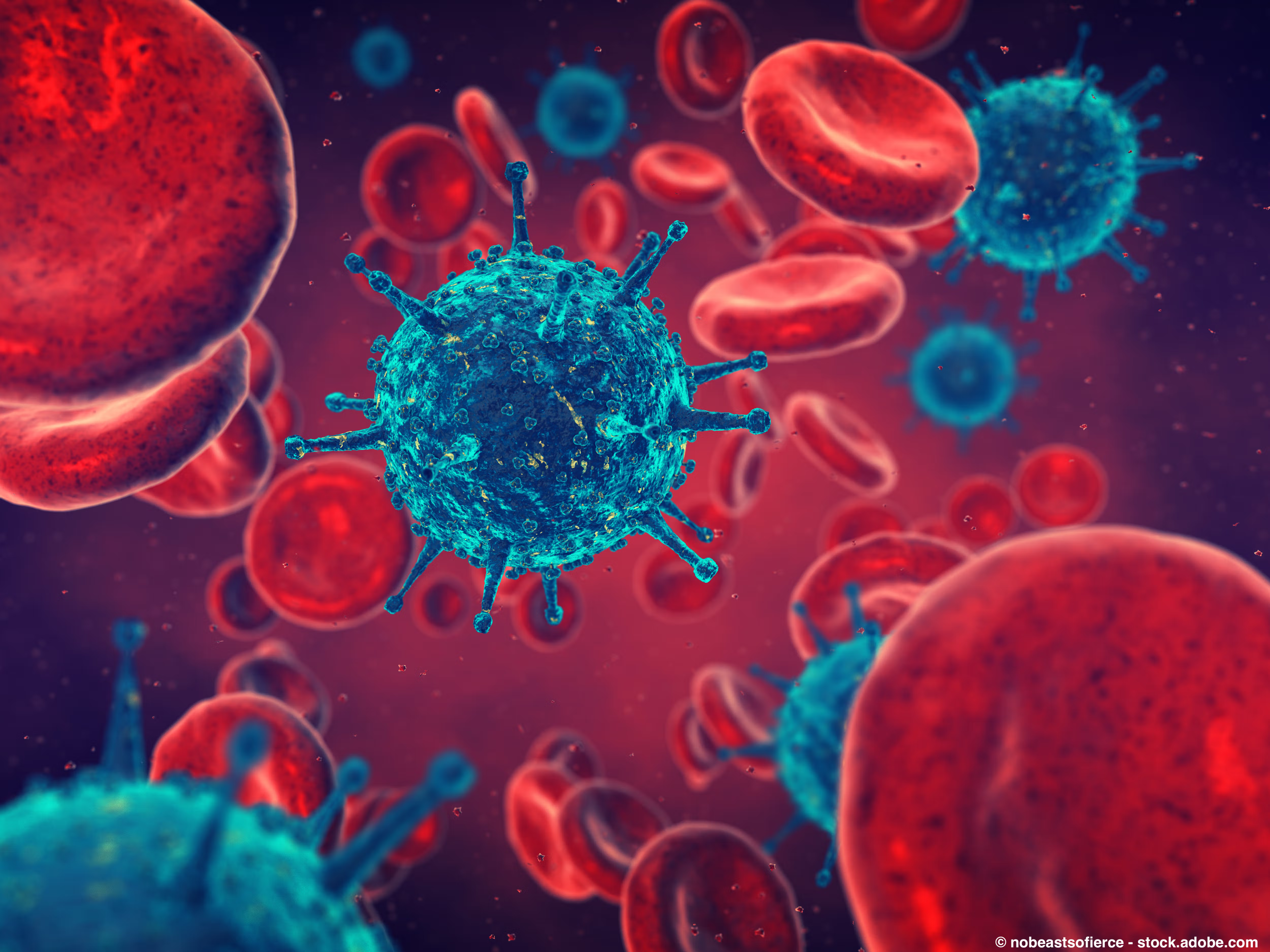News
Article
Biomarkers Found for Early Detections of GVHD
Author(s):
Researchers have found a new risk biomarker that can detect the early beginnings of graft-versus-host disease in new study.

For patients with blood cancer, one possibility for a cure is to undergo a stem cell transplantation. With this, comes the risk of obtaining a side effect called graft-versus-host disease (GVHD).
This side effect attacks healthy cells within the body, as it views them as invaders. When this occurs, symptoms can be extremely severe, sometimes causing death in patients.
Although treatments are available, the beginning stages of GVHD are commonly overlooked, which is why there is an abundant need to identify the beginning stages of risks earlier within patients.
“Treatments for chronic GVHD are improving, but it is so prevalent that there is still a strong need to be able to identify patients at most risk of developing this condition so it can be caught and treated early,” explained Medical University of South Carolina Hollings Cancer Center researcher Sophie Paczesny.
Paczesny was able to identify three biomarkers within the study that can detect the risk of GVHD far sooner than doctors could diagnose a patient with GVHD, as it can be detected 90 days after transplantation.
Samples were taken from 1,000 patients, collected from 2004 and 2018. PTCy, a new treatment, has been prominent since the collected data.
Two biomarkers found were associated with fibrosis (when the tissue becomes hard after being over-repaired, presenting as a symptom once the cancer is prevalent). Both MMP3, an enzyme used in lung fibrosing diseases, and DKK3, which can promote fibrosis, were found within these two biomarkers. Within the third biomarker, CXCL9 was found, which is a protein used to acquire immune cells into organs once attacked, according to a news release from the Medical University of South Carolina.
“Usually, you expect more inflammatory markers at day 90. You don’t expect tissue regeneration markers at this early time point. DKK3 was found before, but really late in chronic GVHD when you have sclerotic disease already, so that’s pretty advanced,” explained Paczesny.
Signs of GVHD can begin mild, such as a rash or dry eyes, but can eventually lead to more severe symptoms, such as trouble breathing or sclerosis on the skin (the skin becomes hard and tight, making it difficult to stay properly mobile). Although these symptoms show, doctors catch the diagnosis late at times.
“Current diagnosis is based on clinical signs that may be confirmed by invasive biopsy of skin and appendages, mouth, female genitalia, esophagus, lungs and connective tissues. Unfortunately, these signs often reveal late-stage fibrotic lesions, as opposed to early lesions detected by biomarkers that may be more amenable to treatment,” according to a study co-written by Paczesny and published Aug. 1 in The Journal of Clinical Investigation.
A phase 3 trial recently showed that the new regimen impacted GVHD and relapse-free survival for one year within patients undergoing allogeneic HLA-matched hematopoietic cell transplant with reduced-intensity conditioning, according to the news release.
These new results will stand as the new regimen of care for the conducted patients, although it didn’t eliminate GVHD. More risk biomarkers will be needed to do so, according to the release.
The next step will be determining who is at high risk for GVHD, and moving to another clinical trial, providing separate treatment, Paczesny explained.
For more news on cancer updates, research and education, don’t forget to subscribe to CURE®’s newsletters here.





